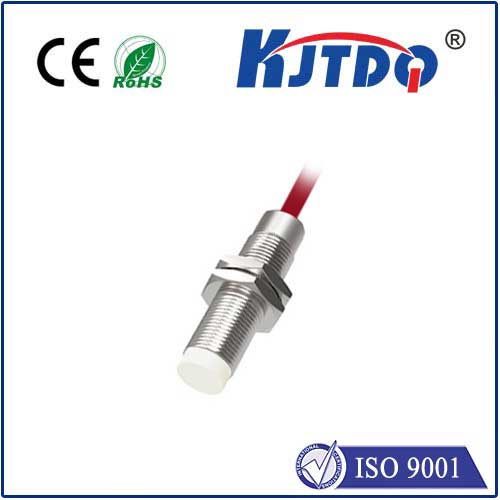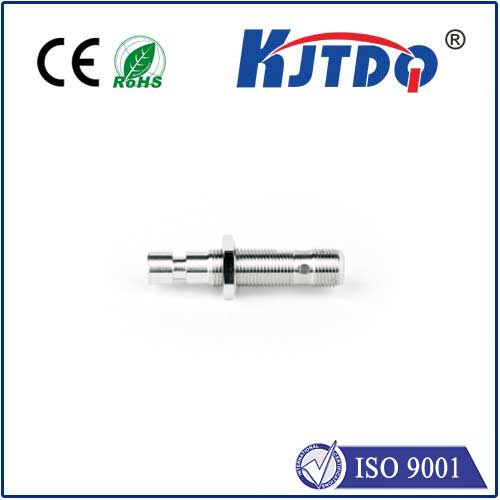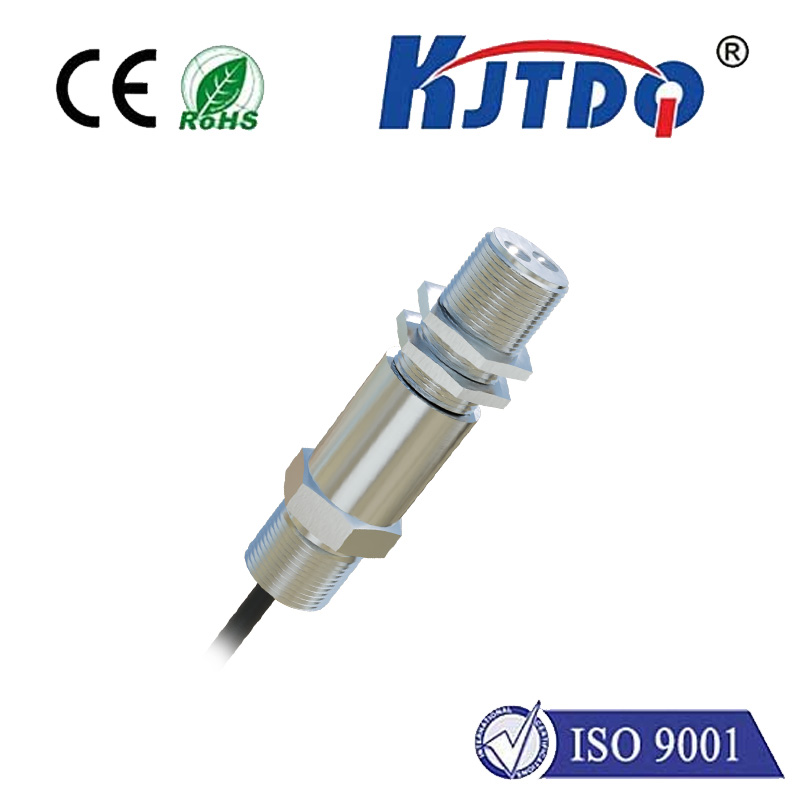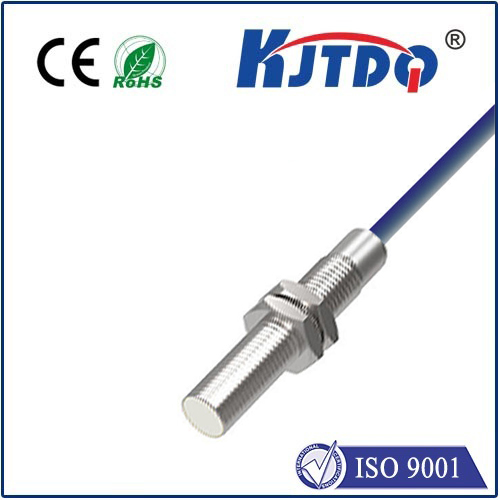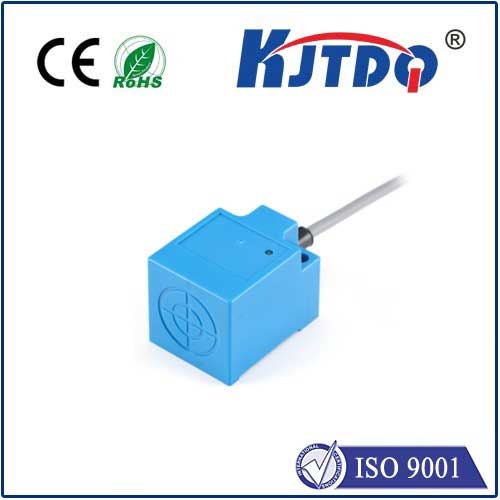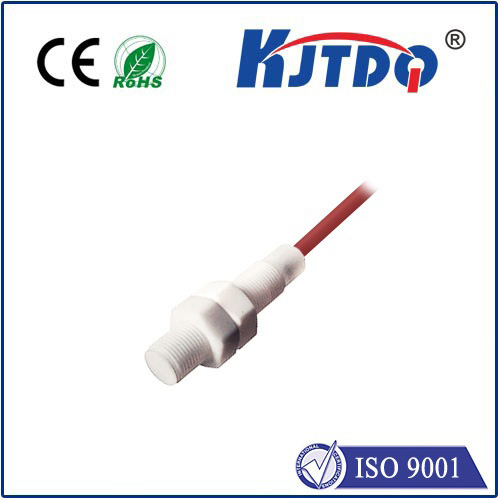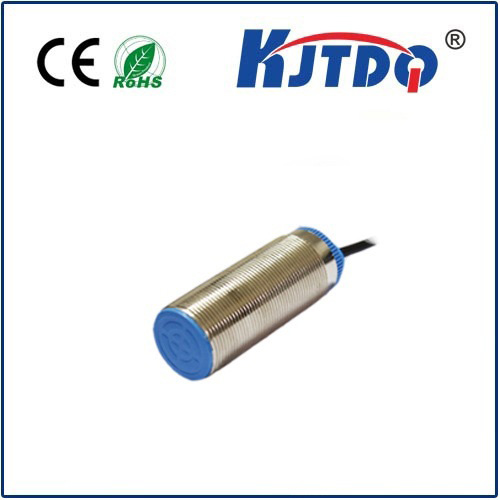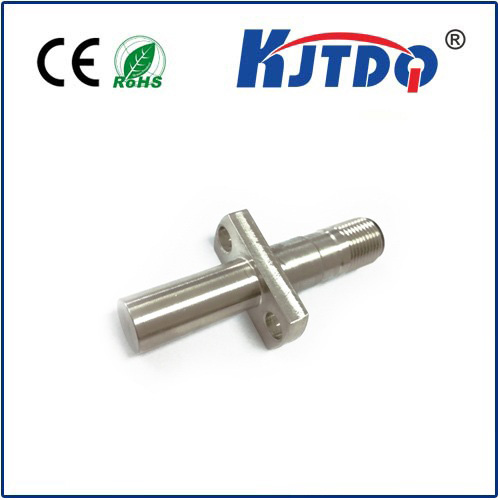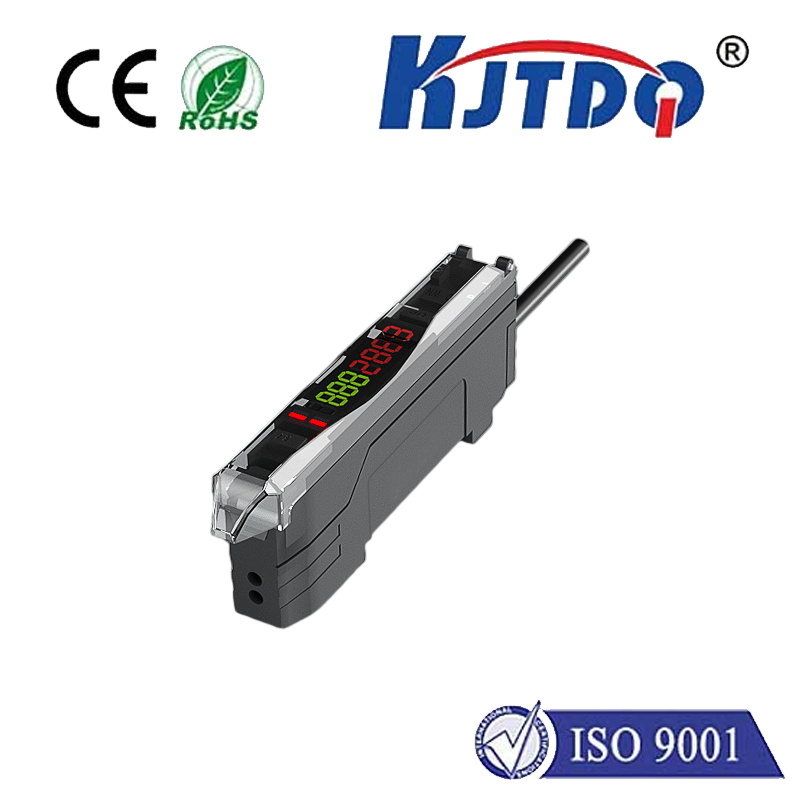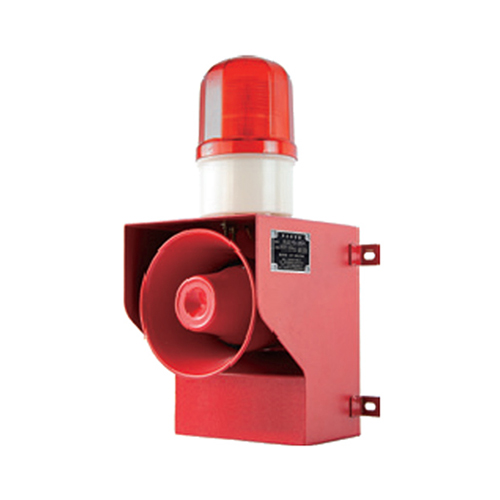photoelectric sensor for counting
- time:2025-07-26 00:56:21
- Click:0
Photoelectric Sensors for Counting: Revolutionizing Industrial Accuracy & Efficiency
Struggling with manual counts on your production line? Battling costly errors in inventory tracking? In today’s fast-paced, data-driven world, accurate, automatic counting isn’t just a convenience – it’s a competitive necessity. Enter the photoelectric sensor, an unsung hero quietly transforming countless industries by delivering unparalleled speed, precision, and reliability in object counting applications. Let’s explore how this versatile technology makes counting seamless and foolproof.
Understanding the Photoelectric Principle: Light as the Key
At its core, a photoelectric sensor operates on a beautifully simple yet powerful interaction: light and interruption. It consists of an emitter (usually an LED producing infrared, red, or laser light) and a receiver. The fundamental principle for counting is straightforward:
- Emission: The emitter projects a beam of light towards the receiver or a reflector.
- Detection: The receiver constantly monitors the intensity of the incoming light.
- Interruption: When an object passes through the light beam, it interrupts the signal reaching the receiver.
- Signal Output: The sensor detects this change in light intensity and triggers a clean electrical output signal (typically an ON/OFF pulse).
- Counting: This output pulse is fed into a counter (PLC, dedicated counter module, or HMI). Each pulse represents a single object passing the sensor, enabling automatic tallying.
Why Photoelectric Sensors Dominate Counting Tasks
Compared to mechanical switches or basic proximity sensors, photoelectric sensors offer distinct advantages crucial for modern counting:

- Non-Contact Sensing: Objects are detected without physical touch. This eliminates wear and tear on both the sensor and the product, significantly reducing maintenance costs and extending equipment life, especially critical for high-speed lines or delicate items.
- High Speed & Accuracy: Capable of detecting objects moving at extremely high speeds (response times in microseconds), photoelectric sensors excel in applications demanding thousands of counts per minute with near-zero errors. Manual counting simply cannot compete.
- Versatile Detection: These sensors aren’t limited by material type. Whether counting metal, plastic, cardboard, glass, wood, or even transparent/translucent objects, specific sensor variants can handle the task effectively.
- Long Sensing Ranges: Depending on the type (especially through-beam), photoelectric sensors can detect objects from millimeters up to several meters away, offering installation flexibility.
- Reliability & Consistency: Once correctly installed and configured, photoelectric sensors provide consistent and reliable operation in harsh industrial environments (dust, moisture - often rated IP67 or higher), minimizing production downtime.
Popular Photoelectric Sensor Types for Counting
Choosing the right photoelectric sensor mode is vital for optimal counting performance:
- Through-Beam (Opposed Mode): This configuration offers the longest range and highest reliability for critical counting applications. The emitter and receiver are separate units facing each other. The object breaks the beam directly. Excellent for small objects, high speeds, and environments with dust or steam.
- Retro-Reflective (Reflex Mode): Uses a combined emitter/receiver unit and a separate reflector. The object breaks the beam bouncing back from the reflector. Offers good range and is simpler to align than through-beam for some applications. Filters can help ignore shiny objects.
- Diffuse (Proximity Mode): The emitter and receiver are housed together. The sensor detects light reflected back off the object itself. Distance-sensing variants (background suppression or fixed-field) are often preferred for counting as they are less susceptible to variations in object color or reflection. Best suited for shorter ranges and less critical background interference.
Key Applications: Where Photoelectric Counting Shines
The applications for photoelectric counting span numerous sectors:
- Manufacturing & Assembly: Counting parts on conveyors, bottles/caps on filling lines, components entering assembly stations, finished products boxing, monitoring production throughput.
- Packaging: Verifying case fill levels (counting items going into boxes), counting cartons on conveyors, tracking labels applied.
- Material Handling & Logistics: Counting totes, pallets, or parcels moving on conveyor systems, tracking items entering/leaving automated storage and retrieval systems (AS/RS).
- Food & Beverage: Counting cans, bottles, cartons, individual items (like snacks or tablets) during packaging. Hygienic variants withstand washdowns.
- Printing & Paper: Counting sheets, books, signatures, monitoring web breaks.
- E-commerce Fulfillment: Verifying item count before bagging or boxing orders.
- Automotive: Counting components on sub-assembly lines, verifying kit completeness.
Selecting the Right Sensor: Factors to Consider
Implementing an effective counting solution requires careful sensor selection:
- Object Characteristics: Size, shape, material (opaque, transparent, shiny, matte)? This dictates the beam size needed and the most suitable sensor mode.
- Required Detection Range & Beam Size: Small objects need a focused beam; large objects or long distances might favor through-beam.
- Environment: Temperature, dust, moisture, ambient light levels? Choose sensors with appropriate IP ratings and environmental immunity.
- Required Speed (Objects per Minute): Ensure the sensor’s response time and switching frequency exceed your maximum line speed.
- Mounting Constraints: Space limitations? Access only one side? (Diffuse or retro-reflective might be easier).
- Output Signal & Compatibility: Ensure the output type (PNP/NPN, relay) and voltage match your counter or PLC input requirements.
Integration and Best Practices for Reliable Counting
Simply installing a sensor isn’t enough. Consistent accuracy demands:
- Secure Mounting: Prevent vibration or misalignment that could cause false triggers or missed counts.
- Precise Alignment: Critically important for through-beam and retro-reflective sensors. Use alignment tools if necessary.
- Optimal Positioning: Place the sensor so the object reliably breaks the beam at the point of interest. Avoid detecting unintended parts.
- Background Elimination: Particularly for diffuse sensors, use background suppression technology or carefully position the sensor to avoid counting the conveyor belt or machinery parts behind the target object.
- Stable Supply Power: Voltage fluctuations can cause erratic behavior.
The Future: Smarter Counting
While fundamentally reliable optical devices, photoelectric sensors are evolving. Integration with Industrial Internet of Things (IIoT) platforms allows not just counting, but real-time data transmission on production rates, predictive maintenance alerts based on sensor performance, and deeper insights into process efficiency. Miniaturization continues, enabling installation in even tighter spaces.
From ensuring a box contains exactly ten widgets to tracking thousands of parcels an hour in a sorting hub, photoelectric sensors provide the robust, high-speed, non-contact detection essential for automated counting systems. Their versatility and reliability make them an indispensable tool for boosting accuracy, efficiency, and productivity across a vast spectrum of industries. Investing in the right photoelectric counting solution is an investment in process control and operational excellence.












